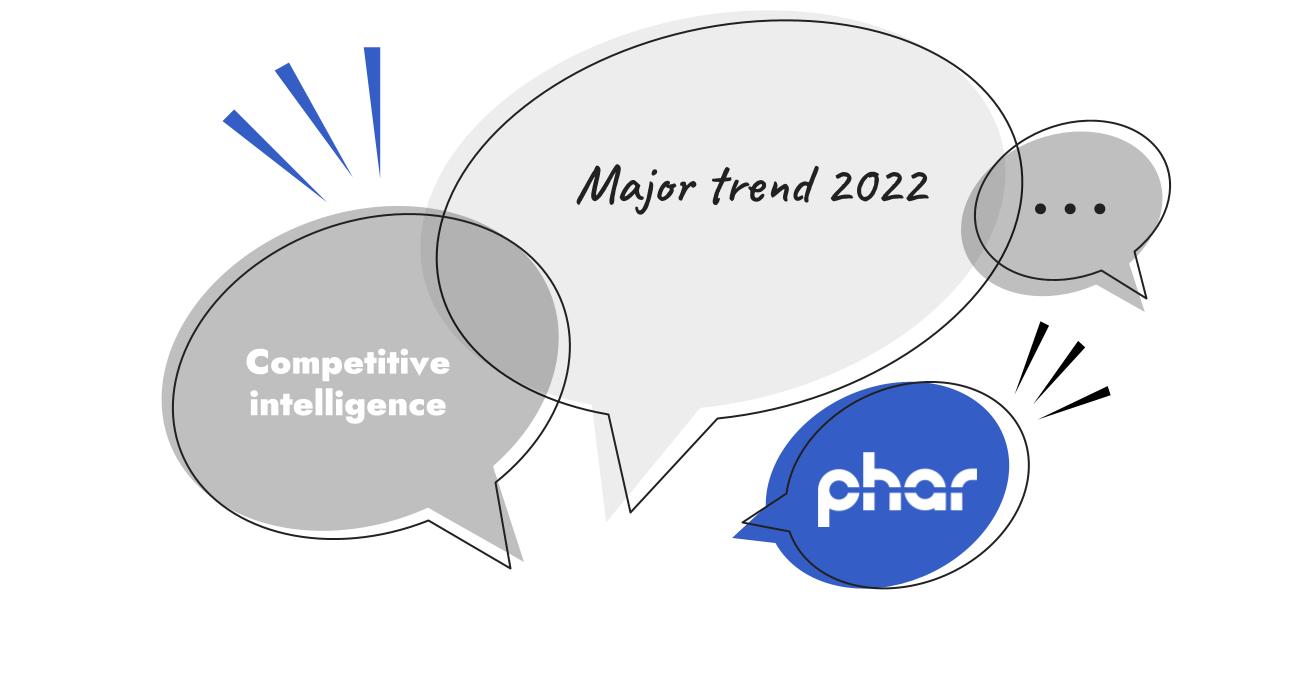At the end of 2021, we have noticed a major repositioning of several major technological players in the market intelligence industry towards competitive or economic intelligence. This repositioning, especially visible with unstructured data platforms, has been accompanied by a very significant, even indecent, increase in subscription fees for these platforms, even though we had seen a democratization of access to these tools over the past few years.
In short, these same platforms such as Feedly, Klue, Crayon, to name a few, are increasingly moving away from their positioning as data feed aggregators to position themselves as complex competitive intelligence acquisition tools.
It would be important to focus on the recent changes that explain the sudden disruption we are currently observing rather than on the underlying trend of this transformation, namely the galloping increase in the value of information.
Drivers of change: customer experience and new competition
According to a study conducted by the Strategic & Competitive Intelligence Professionals Association, which brings together intelligence analysts from the prestigious Fortune 500 companies, there are two important drivers of change that could constitute these repositioning drivers.
-Raising the bar on customer experience is at the heart of the growth strategy. This "augmented" customer experience will primarily use digital means to achieve it: fine-grained knowledge of needs and detailed trend tracking across all customer segments is an important component, process development leveraging UX/UI tools is also an important component.
-Companies fear the arrival of new competitors more than their known direct or indirect competitors. This speaks volumes about the stress currently experienced following the redefinition of post-pandemic business models and the desire to understand one's digital landscape.
“We’re at a critical juncture in the practice of competitive intelligence. We’re investing enormous amounts of time and money in developing meaningful insights from data. At the same time, our innately human skills of analyzing, communicating, and relationship building have never been more put to the test.” - SCIP
We would add to this study a finding that we observe with our customers and the ecosystem.
- The value of unstructured information is becoming increasingly important. Unlike structured information (already analyzed) and coming from a database or a strategic information provider, unstructured information (rss feeds, blog posts, etc...) represents many challenges to transform it into value-added information. This being said, with powerful tools like those mentioned in the preamble, it can have a very high strategic value, especially for the specific context of the organization.
The effects on your organization
If you are already using monitoring tools, the main visible change in the short term will be the increase in the cost of access (license) for these tools, especially for the higher segments (packages).
What you need to remember
More symbolically, this repositioning and these tool price increases indicate the extent to which organizations are devoting increasing resources to acquiring information and that the value of that information has never been higher, whether structured or unstructured.
November 9, 2021
